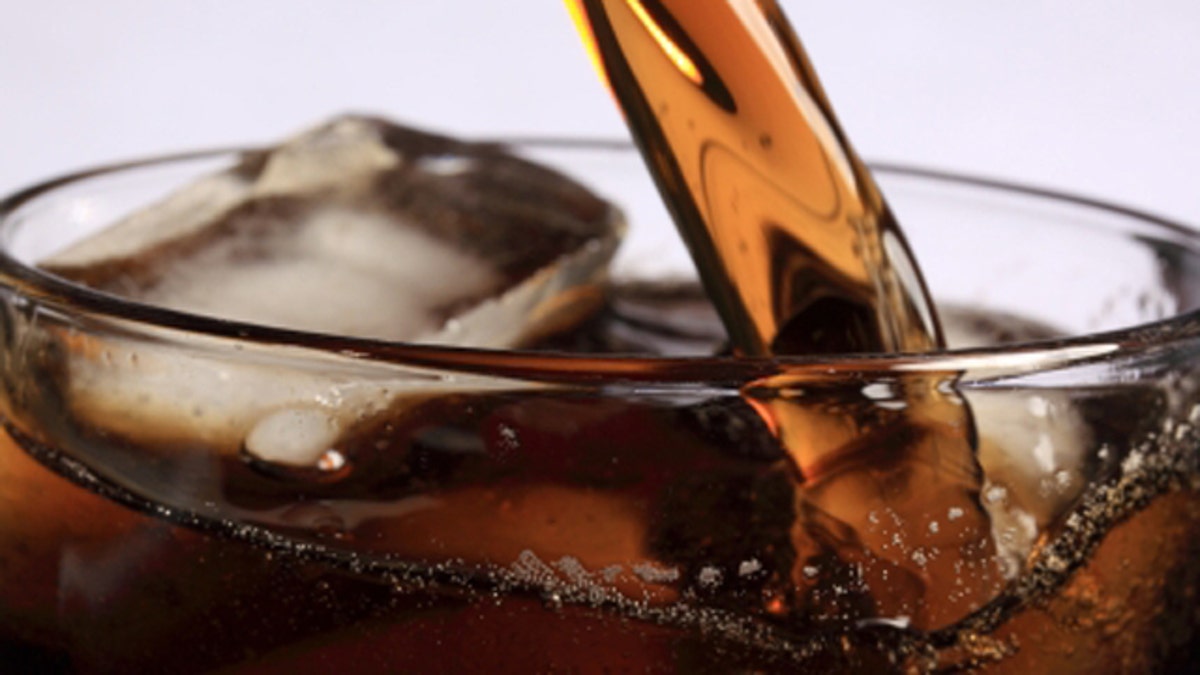
(iStock)
U.S. children and teenagers are seeing far more soda advertising than before, with blacks and Hispanics being major targets, as marketers have expanded online, a study released on Monday found.
The report, from the Yale University Rudd Center for Food Policy & Obesity, also found that many fruit drinks and energy drinks, popular with teenagers, have as much added sugar and calories as full-calorie soda.
Children's and teens' exposure to full-calorie soda ads on television doubled from 2008 to 2010, the report found, fueled by increases from Coca-Cola Co and Dr Pepper Snapple Group Inc.
Children were exposed to 22 percent fewer ads for PepsiCo Inc sugary drinks, it found.
Black children and teens saw 80 to 90 percent more ads than white children, including twice as many for the energy drink 5-Hour Energy and Coca-Cola's vitamin water and Sprite.
Over the same period, Hispanic children saw 49 percent more ads for sugary drinks and energy drinks on Spanish-language television, and Hispanic teens saw 99 percent more ads.
"Our children are being assaulted by these drinks that are high in sugar and low in nutrition," said Yale's Kelly Brownell, co-author of the report. "The companies are marketing them in highly aggressive ways."
The Centers for Disease Control and Prevention says about 15 percent of children are overweight or obese. Children today are likely to have shorter life spans than their parents, which will affect their ability to work and pay taxes, while threatening to drive up healthcare costs.
When it comes to energy drinks such as Red Bull and Amp, the marketing is skewed toward young people, even though the American Academy of Pediatrics says highly caffeinated energy drinks are not appropriate for children and adolescents, the report said.
In 2010, teens saw 18 percent more TV ads, and heard 46 percent more radio ads for energy drinks than adults did.
Brownell, an outspoken critic of the food and beverage industries, said there has been a lot of research on the issue of marketing unhealthy food to children, especially since first lady Michelle Obama made fighting childhood obesity her signature issue.
But Monday's report is the first, he said, that analyzed data from several firms including Nielsen to measure the full picture of youth exposure to marketing and advertising.
Brownell said it was important to consider the online interaction children have with brands, especially since they tend to stay online for longer than they watch TV commercials.
The report found, for example, that 21 sugary drink brands had YouTube channels in 2010 with more than 229 million views by June 2011. Coca-Cola, it found, was the most popular brand on Facebook, with more than 30 million fans.
The most-visited websites operated by soft drink brands were MyCokeRewards.com and Capri Sun, which is owned by Kraft Foods Inc.
Other findings in the report include analysis of drinks themselves. For example, it said an 8-ounce (225-gram) serving of a full-calorie fruit drink has 110 calories and seven teaspoons of sugar -- the same amount found in an 8-ounce serving of a soda or energy drink.
